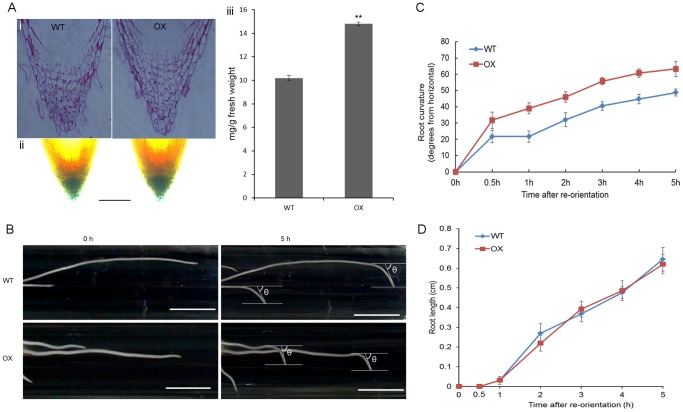Figure 6. OsGA2ox5 affects root starch granule development and gravitropism.
(A) Starch staining and detection of wild-type and OsGA2ox5-ox plants root caps. i, Resin section of WT and OX plants root caps and ii, I2-KI staining of the WT and OX plants root caps. Figures showing that OX plants have increased cell layers in the enlarged root caps compared to WT; iii, starch content in root caps of WT and OX plants. Roots cap segments were excised about 1 cm and pooled into samples from 10 plants each for experiments. Results represent three independent experiments with similar results. Bar = 100µm. Asterisks indicate significant difference at P <0.01 compared with the wild type by Student’s t test; (B) Gravity response of light-grown 4-day-old WT and OX seedling roots. After reorientation the OX seedling roots bent faster than WT. θ indicated the roots bending angle of the WT and OX plants respectively after reorientation at 5h. Experiments were performed three times with similar results. Bar = 1 cm; (C) Time course of root gravitropical curvature (after reorientation). Light-grown wild-type and OsGA2ox5-ox seedlings were displaced by 90° and monitored for the orientation of the primary root caps. The vertical position is represented by 90°, and the horizontal position is represented by 0°. Data shown are the means ± SE of 30 seedlings; (D) Time course of root length (after reorientation). Data shown are the means ± SE of 20 seedlings.

